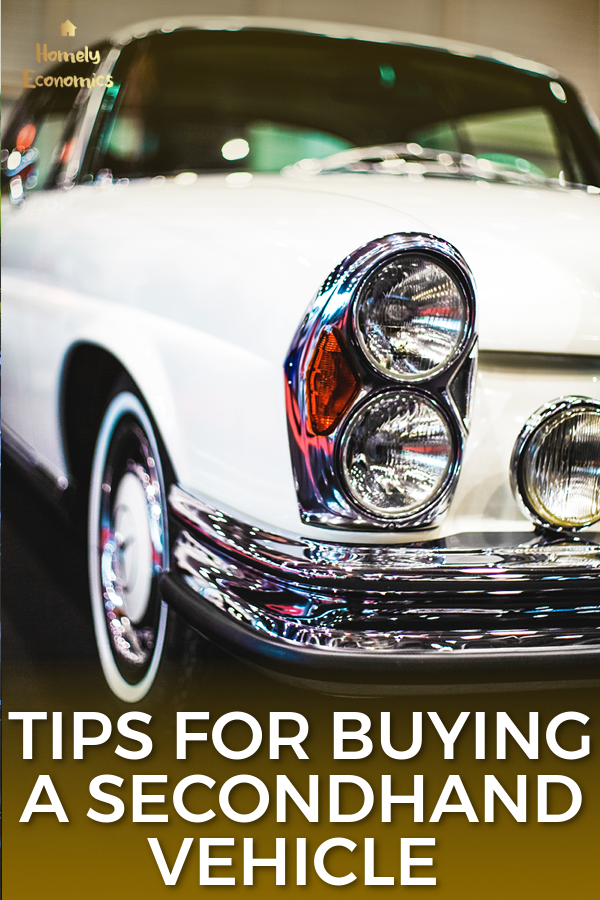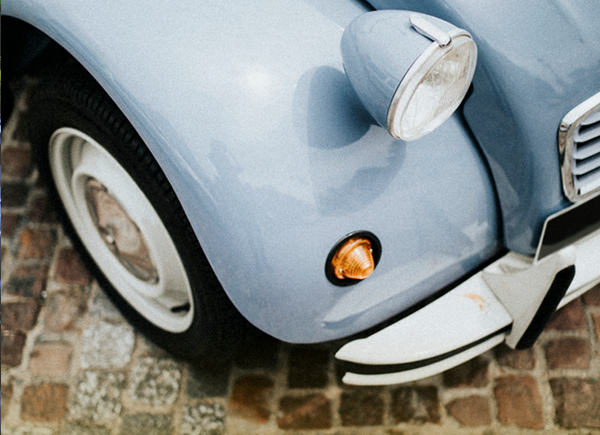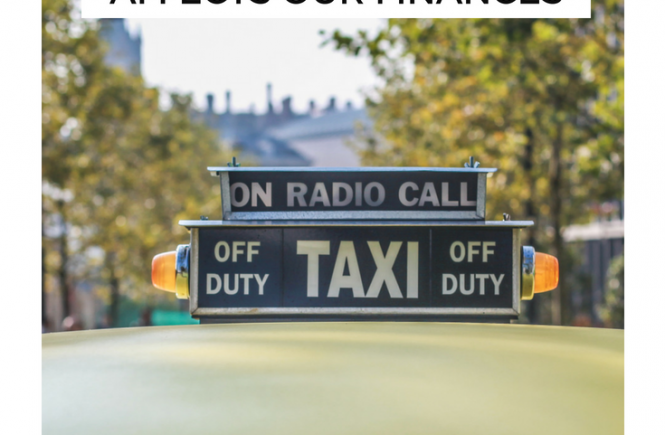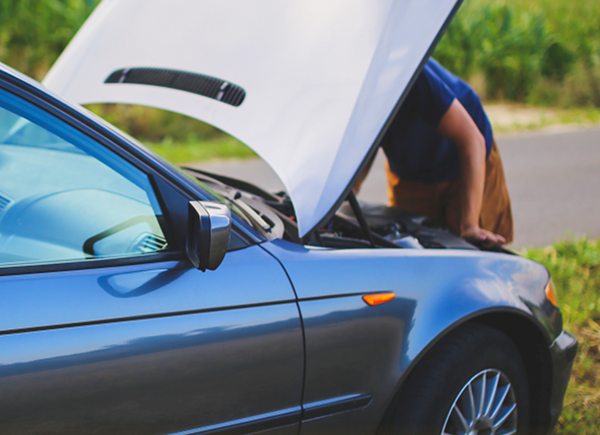This post contains affiliate links, marked by *
When it comes to buying a used car, many people feel out of their depth. They worry that they’ll get it wrong and be left with a lemon on the drive, or worse, stranded on the side of a motorway.
Well, you can never rule out mechanical problems, whether you drive a new or a used car (or a banger!); however, here are some tips for buying a secondhand vehicle.
Find out the extra costs – insurance, MOT and tax
You need to think about vehicle tax, whether you’ll need a new MOT, and you need to get a car insurance quote.
Check the vehicle tax rates for the car you want on the government’s vehicle tax rate tables.
Check if the car has a valid MOT and is taxed. You can’t transfer the tax of course, but it can tell you if the car’s been unused for a while or if it’s being driven illegally.
Get a quote for car insurance*
Always test drive!
It sounds like simple advice, but it’s absolutely necessary. Yes, you could get an absolute bargain on eBay, but if you bid and buy without seeing it yourself, it’s a gamble you could lose big on.
What to listen for on a test drive
Knocking sounds when the steering wheel’s in full lock? It could be worn CV joints in need of replacement.
Super-loud noise coming from the wheel? Could be a wheel bearing in need of replacement.
Tapping coming from the engine? Backfiring exhaust?
I can’t possibly cover it all, but basically, listen out for any loud noises and investigate.
It takes two… sometimes
It helps if you have someone with you when you go to view a car, so that one person can walk around and check the reverse lights, brake lights, headlights, indicators etc. whilst the other person operates the switches.
If you have to go on your own, ask the vendor to turn everything on whilst you walk around and look.
View the car at the right time of day
If you can’t view the car during the daytime, you’re at a distinct disadvantage; nighttime lighting covers a multitude of sins that will pop up to bite you once you’ve got the car on your drive in the daytime.
Try to arrange a daytime viewing, even if it means waiting a while.
Check out that used car smell
Get into the car and have a sniff… no, really.
If the car’s been cared for well on the inside, it’s a good sign that the last owner was conscientious, and hopefully that will have extended to looking after the car under the bonnet.
On the other hand, if you can smell glue or strong solvents, you might be looking at a recent patch-up job, where the upholstery and other plastic accessories have been glued back on to turn a quick sale.
There’s nothing wrong with repairing bits that need it, but obvious signs of very recent cosmetic work could be an indicator that the car’s problems have been merely papered over.
Tyres
Have a look in the boot to see if the spare’s included – you’ll want that. Check all of the tyres to see if they’re coming to the end of their life span, and check the treads with a 20p coin to make sure they’re not worn down past the legal limit.
You’ll always have to replace your tyres, but knowing what condition they’re in when it’s time to buy will help you to assess whether the asking price is realistic, or just optimistic.
Look it over, all over
Look out for bubbling paintwork, and check for chips in the windscreen as these can quickly turn into cracks that you can’t ignore (or get past an MOT).
Under the bonnet
Check the levels of coolant, brake fluid and windscreen wash.
Under the oil cap
A blown head gasket can signal the end of a banger’s life span as the repair often isn’t worth it on a very cheap car.
Look under the oil cap and make sure there’s no sign of a whitish gloop – this can be a sign of water mixing with the oil, indicating that the head gasket is on its way out.
Freshly washed?
Sometimes a freshly washed, still-wet car can be hiding some paintwork issues: the watery sheen could be distracting you from a mismatched panel! Look carefully if the car’s been sprayed down.
Other clues
Have a look under the car for signs of leaks, but also have a look around for any clues that the car might have been moved to a different location from where it was normally kept in order to hide a leak – say, for example, oil stains nearby, or a patch of yellowed/dead grass or tyre ruts that would indicate that a vehicle had been standing somewhere for a long time.
Be prepared!
Put a regular sum aside each month for repairs and maintenance, and think of it as a part of the car’s overall cost – just one you don’t have to pay up front.
The biggest worry for many is breakdowns, but the truth is that any car can turn out to be mechanically challenged, whether old or new. However, an older car will always be more likely to succumb, so make sure that breakdown cover is included in your overall cost from the outset.
Being prepared for all eventualities isn’t tempting fate; it’s being savvy.
With a bit of preparation, you can nab a bargain on a used car and really slash your driving costs.
Over to you…
Any tips of your own for buying a secondhand car? I’d love to hear them in the comments below!





